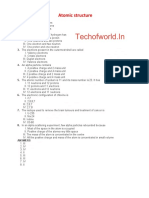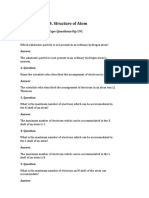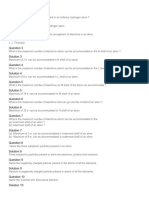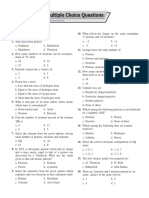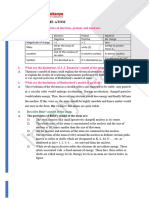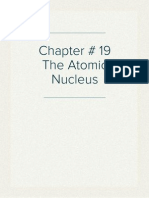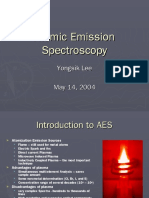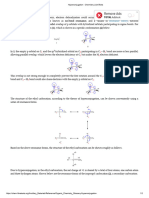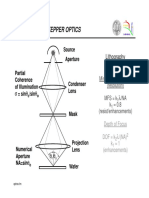0% found this document useful (0 votes)
166 views16 pagesStructure of Atom Class
The document discusses the structure of atoms and provides questions and answers related to atomic structure. It covers topics like atomic number, mass number, isotopes, subatomic particles, electron configuration and more. Multiple choice questions are given related to these topics along with their answers.
Uploaded by
anuragmittal616Copyright
© © All Rights Reserved
We take content rights seriously. If you suspect this is your content, claim it here.
Available Formats
Download as PDF, TXT or read online on Scribd
0% found this document useful (0 votes)
166 views16 pagesStructure of Atom Class
The document discusses the structure of atoms and provides questions and answers related to atomic structure. It covers topics like atomic number, mass number, isotopes, subatomic particles, electron configuration and more. Multiple choice questions are given related to these topics along with their answers.
Uploaded by
anuragmittal616Copyright
© © All Rights Reserved
We take content rights seriously. If you suspect this is your content, claim it here.
Available Formats
Download as PDF, TXT or read online on Scribd
/ 16

